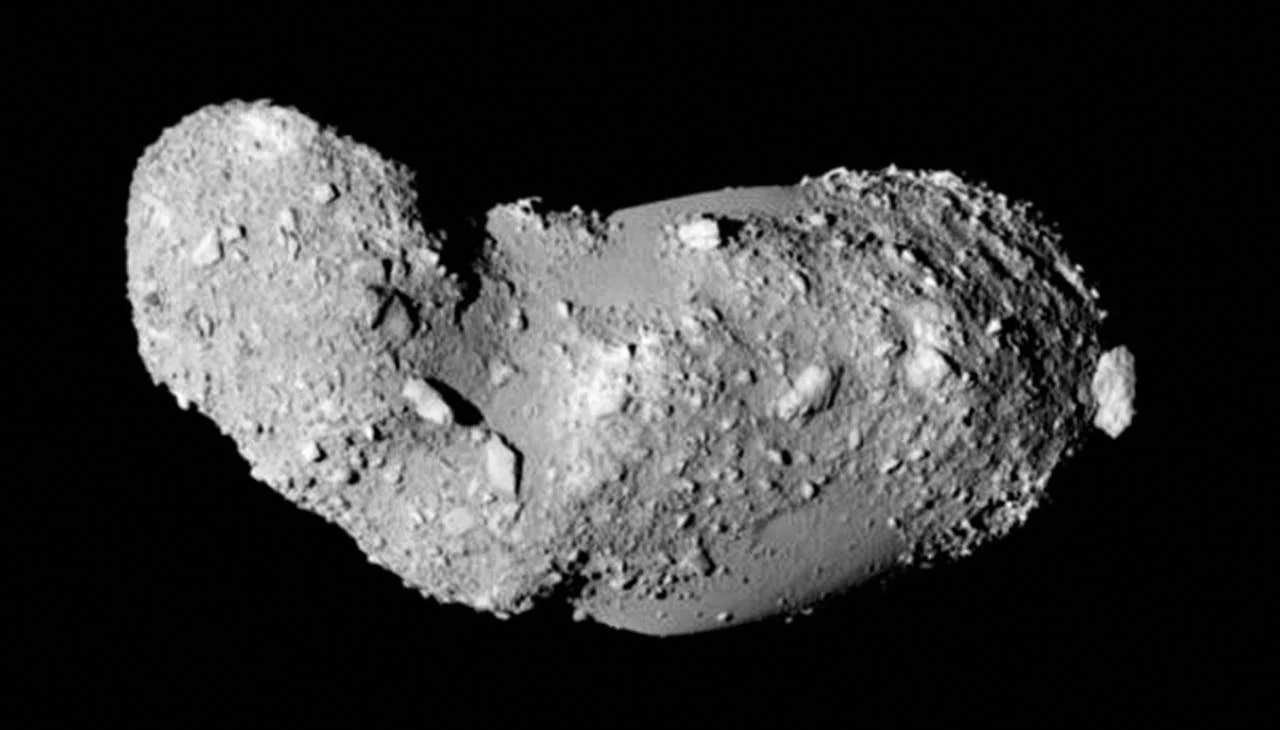Chemical compound prevents obesity and muscle loss as we age
A recently discovered chemical compound helped elderly mice with obesity lose fat and weight, add muscle and strength and increase activity.

[Apr 7, 2022: Ted Griggs, Pennington Biomedical Research Center]
Loss of muscle mass is typically not a concern in younger adults with obesity. However, as people age, that changes. (CREDIT: iStock)
BATON ROUGE, Louisiana – A recently discovered chemical compound helped elderly mice with obesity lose fat and weight, add muscle and strength, reduce age-related inflammation and increase physical activity, a new study shows.
The study, published in the Journal of Cachexia, Sarcopenia and Muscle, provides the first evidence that BAM15, a mitochondrial uncoupler, prevents sarcopenic obesity, or age-related muscle loss accompanied by an increase in fat tissue.
“Loss of muscle mass is typically not a concern in younger adults with obesity. However, as people age, that changes. Older adults with sarcopenic obesity suffer accelerated muscle loss. They become less active. As a result, they are at high risk for falls, stroke, heart disease, poorer quality of life and premature death,” said Christopher Axelrod, MS, Director of Pennington Biomedical Research Center’s Integrated Physiology and Molecular Medicine Laboratory.
The weakness and frailty common to sarcopenic obesity are offset in older mice – the equivalent of aged 60-65 in human years – given BAM15. The mice, all of whom had obesity, were fed high-fat diets. Despite that, the mice given BAM15 lost weight and got stronger and more active.
Related Stories
“Typically, when you lose weight, you also lose muscle, and in some circumstances, you can lose a lot of it,” Axelrod said. “In this study, the aged mice increased their muscle mass by an average of 8 percent, their strength by 40 percent, while they lost more than 20 percent of their fat.”
Mitochondrial uncoupling makes mitochondria, the power plants of the cell, less efficient. As a result, the mitochondria burn more energy. Elderly mice given BAM15 lost fat, gained muscle and strength, and increased physical activity. (CREDIT: Pennington Biomedical Research Center)
BAM15 works by making the mitochondria, the power plants of the cell, less efficient. The result is that the mitochondria burn more energy. The researchers are reluctant to describe BAM15 as a miracle drug. More research will be needed to determine its effectiveness for people.
However, the findings about BAM15 have important implications for improving the quality of life for older adults, especially for the rapidly growing number of people with obesity. Preventing, delaying, or reversing the causes and consequences of sarcopenic obesity may allow people to live longer and healthier lives.
“These data highlight that mitochondrial uncouplers may play an important role in improving health span – the time a person enjoys good health – in advanced age,” said Pennington Biomedical Executive Director John Kirwan, Ph.D.
BAM15 improves many of the key determinants of health and aging, including:
Removing damaged mitochondria
Making more healthy mitochondria, and
Reducing “inflammaging,” or age-related inflammation, linked to muscle loss
“Extending health span is even more important than extending lifespan,” Kirwan said. “Suppose you could add 20 or 30 years to a person’s life. What would be the point if their quality of life was awful?”
Axelrod and Kirwan are the study’s corresponding authors. Wagner Dantas, Ph.D., a Postdoctoral Researcher in Kirwan’s Integrated Physiology and Molecular Medicine Laboratory, is the lead author.
For more science and technology news stories check out our New Discoveries section at The Brighter Side of News.
Note: Materials provided above by Pennington Biomedical Research Center. Content may be edited for style and length.
Like these kind of feel good stories? Get the Brighter Side of News' newsletter.
Tags: #New_Discoveries, #Obesity, #Lasers, #Weight_Loss, #Muscles, #Research, #Science, #Medical_Good_News, #The_Brighter_Side_of_News
Joseph Shavit
Head Science News Writer | Communicating Innovation & Discovery
Based in Los Angeles, Joseph Shavit is an accomplished science journalist, head science news writer and co-founder at The Brighter Side of News, where he translates cutting-edge discoveries into compelling stories for a broad audience. With a strong background spanning science, business, product management, media leadership, and entrepreneurship, Joseph brings a unique perspective to science communication. His expertise allows him to uncover the intersection of technological advancements and market potential, shedding light on how groundbreaking research evolves into transformative products and industries.



